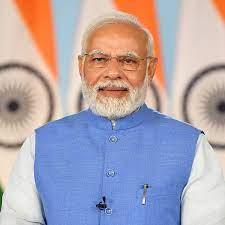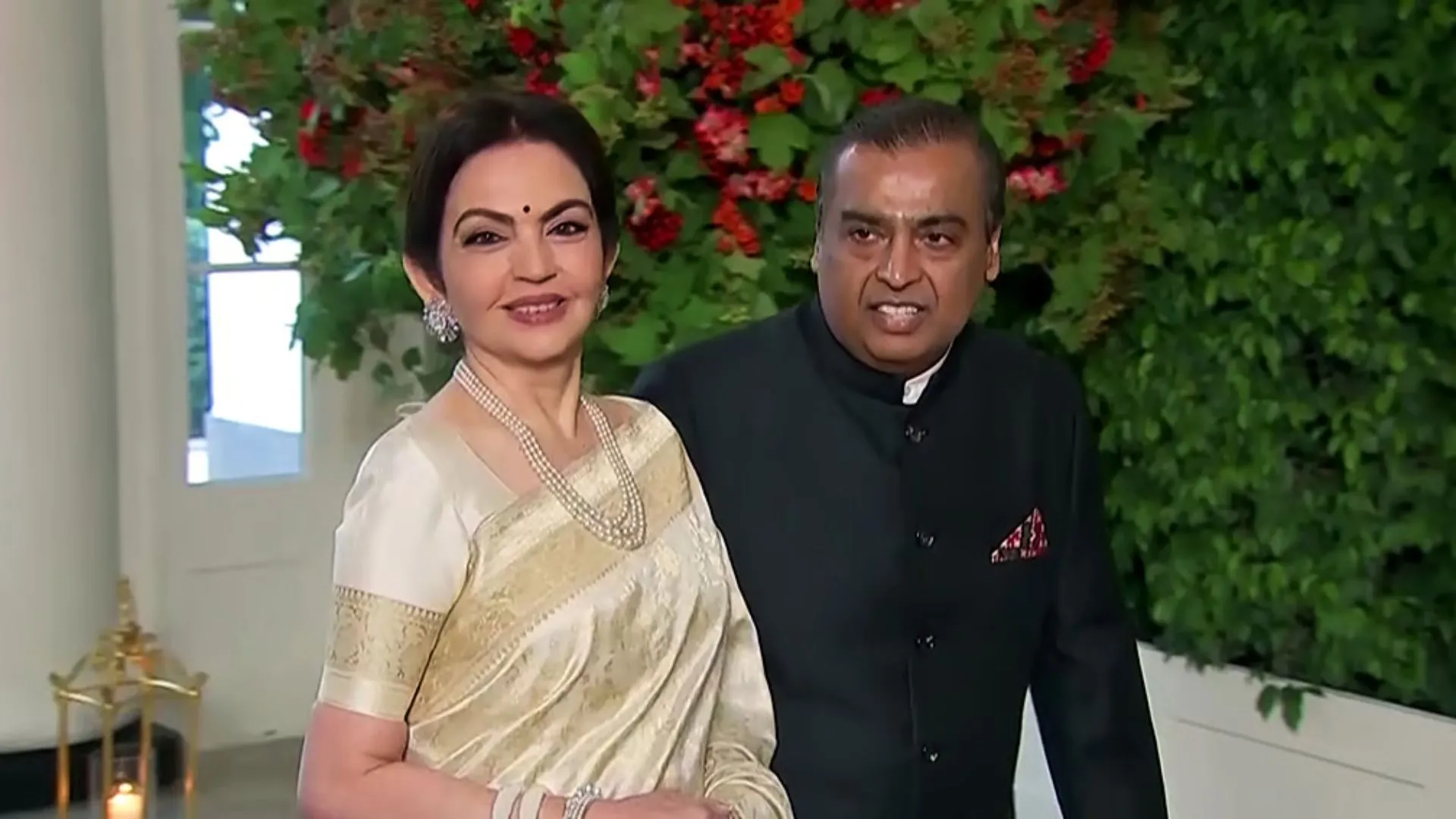The Bharatiya Janata Party (BJP) on Monday declared the time since Narendra Modi became Prime Minister in 2014, an era of “cultural rejuvenation”. It underscored a series of initiatives, including the elevation of freedom fighters who had previously been overlooked and the construction of the Ram temple in Ayodhya.
Arjun Ram Meghwal, Union Minister and junior minister in the culture ministry, pointed out that since 2014, 231 stolen idols were repatriated from various countries. Before BJP’s administration, only 13 idols were retrieved between India’s independence and nine years ago, he said, thereby underlining the speed and scope of their work.
Meghwal, a Dalit leader from Rajasthan, accused past Congress governments of disregarding figures like Sardar Vallabhbhai Patel and B R Ambedkar. In contrast, he noted that the Modi administration constructed the Statue of Unity in Patel’s honour and developed ‘Panch-teerth’ related to the architect of the Indian Constitution, Ambedkar.
The construction of a grand Ram temple under the current administration isn’t coincidental, he stressed. He also highlighted the development of the Kashi-Vishwanath and Mahakal corridors in Ujjain, inauguration of the Kartarpur Sahib corridor, and the celebration of significant birth anniversaries of Guru Nanak and Guru Gobind Singh.
Describing the 2014-2023 period, Meghwal said, “We can call it an era of cultural rejuvenation.”
He criticised past governments for retaining the statue of English king George V under a canopy in India Gate till 1968. When finally removed, the canopy persisted, serving as a reminder of the colonial past. This government replaced it with a statue of Netaji Subhas Chandra Bose, he pointed out.
He further stated that various religious circuits were established during this period. In response to a question, Meghwal criticised the Congress over the controversy surrounding the ‘sengol’ during the inauguration of the new Parliament building. He refuted their claims about the ceremony promoting Brahminism and emphasised that the ‘sengol’ represented the spirit of governmental duties.

















